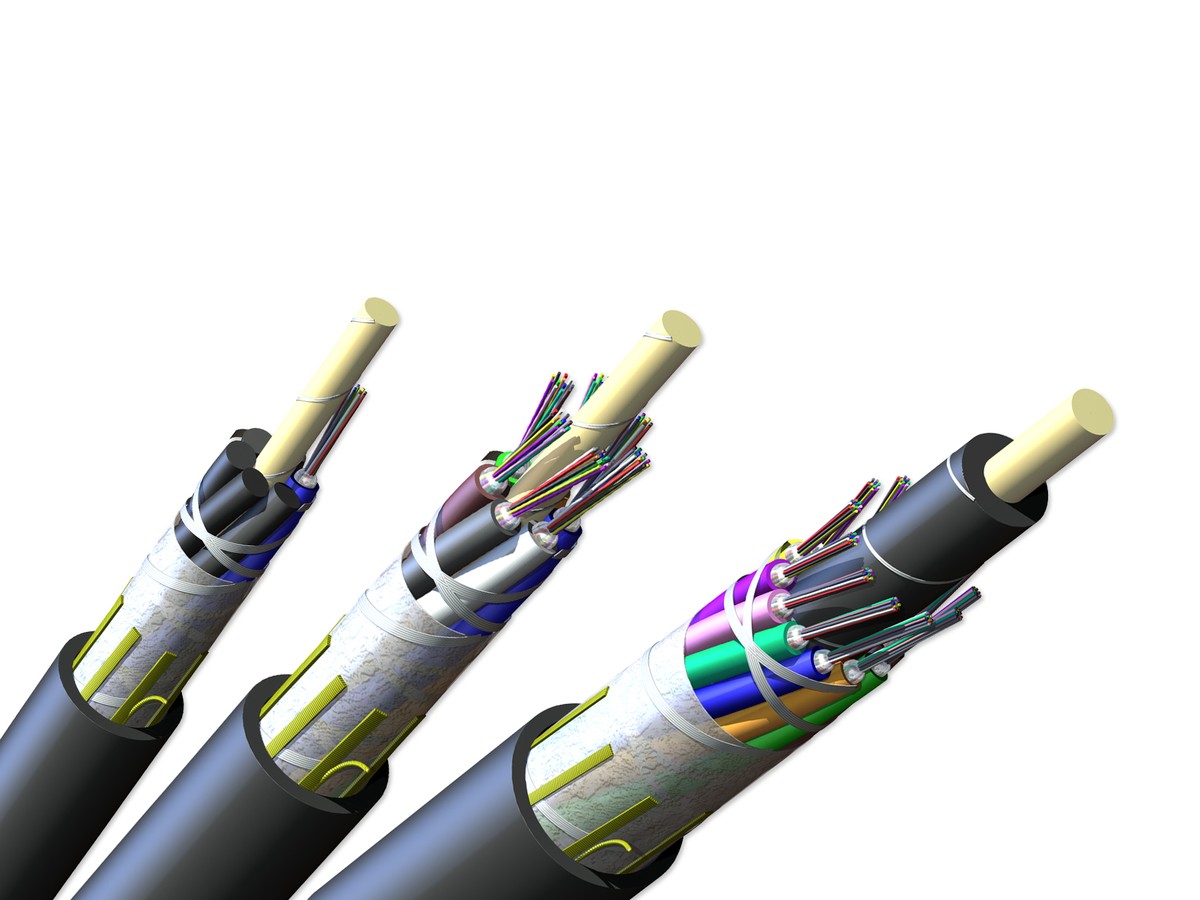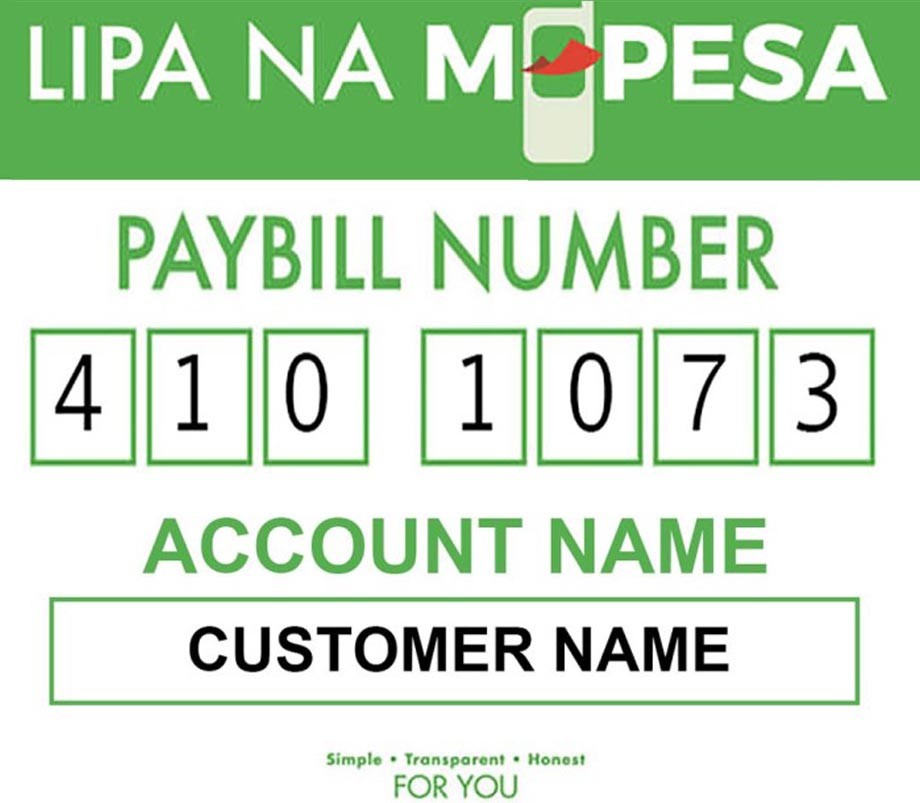
Unraveling the Wonders of Fiber Optic Cables
Introduction
Fiber optic
cables, the unsung heroes of modern technology, revolutionize communication
with their capacity to transmit data at the speed of light. These slender
strands of glass or plastic utilize the principle of total internal reflection
to guide light pulses through their core, ensuring minimal signal loss over
long distances. Fiber optics power telecommunications networks, internet
connectivity, and high-definition video transmission, offering unparalleled
speed, reliability, and security. As we journey into the digital age, fiber
optic cables illuminate the path forward, promising a world where connectivity
knows no bounds.
What are
Fiber Optic Cables?
Fiber optic
cables are physical transmission lines that use thin strands of glass or
plastic fibers to transmit data via light signals. They are employed to connect
network devices, such as computers, routers, switches, and servers, over long
distances with high bandwidth and fast speeds. Fiber optic cables offer
advantages like immunity to electromagnetic interference, security, and greater
data transmission capacity compared to traditional copper cables, making them a
preferred choice for high-speed and long-distance networking applications.
How Do
Fiber Optic Cables Work?
The
principle behind fiber optic communication is total internal reflection. When light
enters the core of the fiber at a certain angle, it bounces off the cladding
and remains trapped within the core, allowing it to travel long distances
without significant loss of signal strength. This process enables high-speed
data transmission with minimal interference.
Applications of Fiber Optic Cables:
Long-distance communication: Fiber optic cables are extensively used for long-distance
communication, including intercontinental data transmission and
telecommunications. Their low attenuation allows signals to travel over long
distances without significant loss, making them ideal for connecting distant
network nodes.
Internet backbone: Fiber optic cables form the backbone of the internet, carrying vast amounts of data between cities, countries, and continents. They provide the high bandwidth necessary to support the increasing demands of internet traffic.
Data center connectivity: Fiber optic cables are used extensively within data centers to interconnect servers, storage devices, and networking equipment. They enable high-speed data transmission between components within the data center, supporting the rapid exchange of information required for modern computing tasks.
High-speed broadband access: Fiber optic cables are deployed in last-mile broadband access networks to deliver high-speed internet access to homes and businesses. Fiber-to-the-home (FTTH) and fiber-to-the-premises (FTTP) deployments offer significantly faster and more reliable internet connections compared to traditional copper-based technologies like DSL and cable.
Video streaming and content delivery: Fiber optic cables are essential for streaming high-definition video and delivering content over the internet. They support the high bandwidth requirements of video streaming services, ensuring smooth playback and fast delivery of content to end-users.
Enterprise networks: Fiber optic cables are commonly used in enterprise networks to connect various locations within an organization. They provide high-speed, reliable connectivity for connecting offices, data centers, and other facilities, supporting critical business applications and services.
Advantages of Fiber Optic Cables:
1. High Bandwidth: Fiber optic cables offer
significantly higher bandwidth compared to copper cables, allowing for faster
data transmission over longer distances.
2. Low Latency: Light travels through fiber optic
cables at nearly the speed of light, resulting in minimal latency and faster
response times for data transmission.
3. Immunity to Electromagnetic
Interference: Unlike
copper cables, fiber optic cables are immune to electromagnetic interference,
making them ideal for environments with high electrical noise.
4. Security: Fiber optic signals are difficult to
intercept or tap into, enhancing the security of sensitive data transmitted
over these cables.
5. Long-Distance Transmission: Fiber optic cables can transmit
signals over much longer distances without the need for signal boosters or
repeaters, reducing the need for infrastructure.
EXAMPLES
OF FIBER OPTIC CABLES IN NETWORKING
1. Patch cords: Patch cords, also known as patch
cables or jumper cables, are short lengths of fiber optic cables terminated
with connectors at both ends. They are commonly used to connect network devices
such as switches, routers, and servers to each other or to a patch panel. Patch
cords facilitate easy and quick connections in data centers, telecommunication
rooms, and other networking environments.
2. Fiber splitters: Fiber splitters, also called optical splitters or couplers, are passive devices used to split an optical signal into multiple signals or combine multiple signals into one. They are commonly used in passive optical networks (PONs) to distribute signals from a single optical line terminal (OLT) to multiple optical network terminals (ONTs) or subscribers. Fiber splitters enable the sharing of a single fiber optic cable among multiple users, thereby reducing the cost of deploying fiber networks.
3. ADSS (All-Dielectric Self-Supporting) cables: ADSS cables are designed for aerial installation in telecommunication and data transmission networks. Unlike traditional aerial cables that require a supporting messenger wire, ADSS cables are self-supporting due to the strength members integrated into their design. They are constructed with dielectric materials, meaning they do not contain any metallic components, making them suitable for deployment in high-voltage electrical environments where traditional metallic cables may pose a risk.
4. Micro cable: Micro cables are ultra-compact and lightweight fiber optic cables designed for high-density installations in confined spaces or environments where traditional cables may be impractical. They typically have a smaller diameter and are more flexible than standard fiber optic cables, allowing for easier installation in ducts, conduits, or tight spaces within buildings or underground. Micro cables are commonly used in fiber-to-the-home (FTTH) deployments, metropolitan area networks (MANs), and data center interconnects.
5. Drop cables: Drop cables, also known as drop
wires or drop lines, are fiber optic cables used to connect the distribution
network to individual subscribers or premises in FTTH or FTTx (fiber-to-the-x)
networks. They are typically installed aerially, buried underground, or run
along buildings to provide fiber connectivity directly to homes, businesses, or
other end-users. Drop cables are often designed to be ruggedized for outdoor
use and may incorporate features such as water-blocking elements or armored
protection to ensure reliability and durability in harsh environmental
conditions.
6. Pigtails: Pigtails are short lengths of fiber
optic cables with one end terminated with a connector, while the other end is
left unterminated or "bare." They are used to terminate fiber optic
cables within equipment, termination boxes, or patch panels. Pigtails are
spliced or connected to the fibers of a longer cable, providing a convenient
point of connection for patch cords or other fiber optic devices. They are commonly
used in fiber optic termination and splicing applications in
telecommunications, data centers, and structured cabling systems.
CONCLUSION
In
conclusion, fiber optic cables stand as the backbone of modern communication
infrastructure, offering unparalleled advantages in speed, bandwidth, and
reliability. Their ability to transmit vast amounts of data over long distances
with minimal signal degradation makes them indispensable in today's digital
age. As our reliance on data-intensive applications continues to grow, fiber
optic cables will play an increasingly vital role in connecting the world and
driving innovation across various industries. Embracing and investing in fiber
optic technology is not just a necessity but a strategic imperative for
fostering future advancements in telecommunications and beyond.
1474
0
746
172

